When it comes to interior design, wall texture plays an important role in shaping the look and feel of your home. Textured walls not only add depth and dimension to your rooms, but can also translate your personal style into your decor.
Whether renovating your living space or adding a personality to a newly acquired home, wall texture painting represents a burgeoning trend. It’s quickly becoming an exhilarating solution for elevating the look and feel of your home.
Choosing from these techniques to adorn your walls is a transformative process. You can expect a refreshing visual departure, but a well-executed wall texture brings depth and energy to a room. Each wall texture painting technique has unique qualities that subtly affect the look and feel of your living area.
Why Should You Consider Wall Texture Painting?
Why wall texture painting, you may ask? The simple answer: it sets your home apart. Texture paint breathes life into your interiors, transforming walls from dull surfaces into works of art. It’s more than just paint – it’s a design element. Incorporating textures into your wall paint creates depth and contours, which add layers to your space that flat paint simply can’t achieve.
But wall texture painting offers more than just cosmetic enhancements. It’s a perfect camouflage for minor wall imperfections, such as bumps and cracks, hiding them beneath a captivating, tactile surface. A quick tour around YouTube will reveal a wealth of textures to choose from, with a range adaptable to every room, even ceilings.
Cheers to the magic of wall texture painting – transforming homes into expressive spaces one texture at a time. Few design options can evoke such stirring visual interest or stir conversations. Embrace it and give your home the edge it deserves!

The 7 Best Wall Texture Painting Techniques
Here are seven top wall texture painting techniques you can use to give your home a unique, compelling touch.
1. Smooth Wall Finish
As the name suggests, the smooth wall texture paint creates a silky, flawless surface. Perfect for minimalist and modern designs, this technique requires patience and skill to achieve the desired soft texture paint look.
The benefits of a polished finish are in leaps and bounds. Its sleek surface makes it easy to clean, repels dust, and gives your room a lavish feel.
Here’s a simple guide to help you add texture to your wall: Start by applying a primer, then use a paint roller with a smooth finish to apply the paint evenly. Let it dry, sand the wall, and apply your second coat for that stunning, smooth finish.
2. Sponge Painting
Sponge Painting is a faux texture technique involving a simple household item: a sponge. It’s an inexpensive and easy way to add depth and character to your walls, creating a textured wall that’s visually pleasing yet practical for hiding imperfections.
To succeed at sponge painting, dampen your sponge, dip it in paint, and dab it on your wall. For best results, use two tones of the same color, starting with the darker color and going over it with a lighter one.
3. Stucco Texture
Stucco texture is a classic choice when it comes to popular wall textures. Loved for its rough yet appealing finish, it adds a rustic charm to interior and exterior walls.
Besides bringing visual interest to your walls and ceilings, stucco is durable and hides imperfections. To apply, slap a stucco mixture onto the wall using a thick-nap roller cover or sprayer, then let it dry. Finally, apply a top coat of paint using a roller.
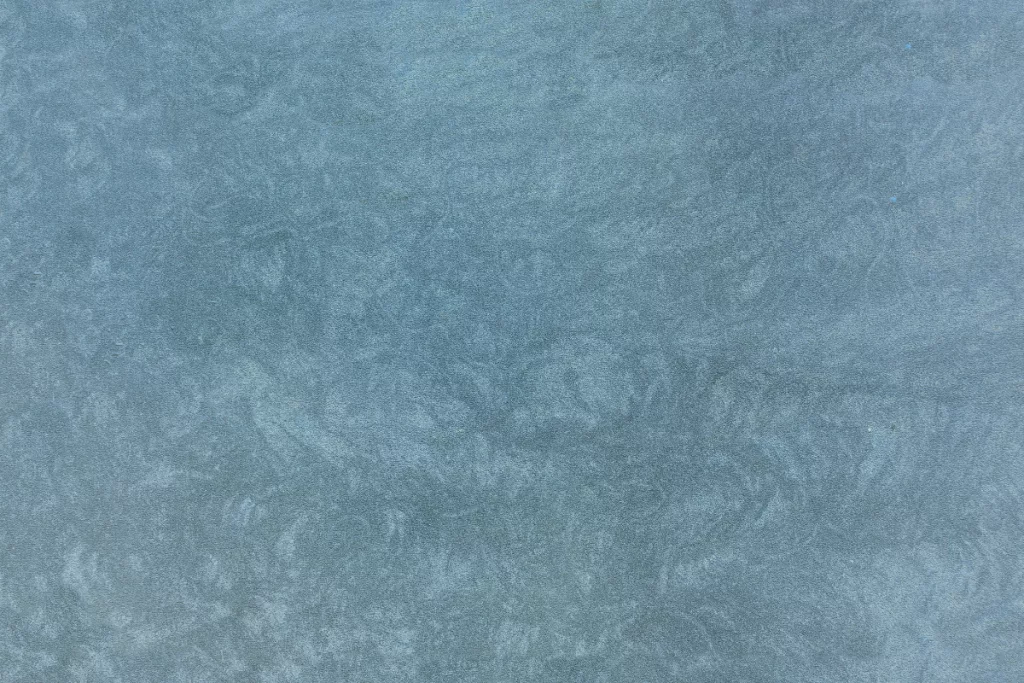
4. Textured Rollers
Welcome to the world of textured rollers: a versatile tool for creating endless wall texture designs. The market offers a roller for every DIY enthusiast, from paint rollers that make a marble effect to ones that mimic a stenciled look.
Apply a base coat of paint, let it dry, and then go over it with a second coat using your textured roller. The design on the roller will imprint onto your wet paint, creating a unique texture on your walls.
5. Skip Trowel Texture
The skip trowel texture is perfect if you want to give your walls a Mediterranean vibe. It creates a unique sun-baked texture on your walls, giving the illusion of being crafted by a skilled artisan.
Skip trowel texture is ideal for dining rooms and bedrooms where a relaxed yet stylish appearance is desired.
To create a skip trowel finish, putty is applied to the surface using a trowel in a skip motion, leaving smooth patches in some areas and denser texture in others.
6. Orange Peel Texture
Orange Peel is a drywall texture that creates a subtle but exciting texture on your walls. The finish, similar to its namesake, resembles the rind of an orange— a popular texture choice that adds visual depth.
This wall texture paint method is excellent for rooms where you want to add a touch of elegance without going overboard.
Applying the orange peel texture is best done with a texture sprayer loaded with drywall compound diluted with water. The trick is to use enough to create tiny droplets, which will make the effect when left to dry.
7. Knockdown Texture
Last on our list is the Knockdown texture, a popular choice known for its rustic, aged aesthetic. It adds an organic, relaxed atmosphere perfect for living areas and bedrooms.
The advantages of Knockdown texture are genuine– it’s fantastic at hiding wall imperfections and is relatively easy to do with a bit of patience.
To apply, you’ll need a knockdown knife. You begin by using a texture sprayer to apply splotches of drywall mud to the wall. Let it sit for a moment, then use the knockdown knife pulled across the texture to flatten the peaks and create the knockdown effect.
And there you have it! These 7 best wall texture painting techniques are a low-cost way to add style and personality to your home improvement project. Texturing a wall may seem daunting, but with some practice, every DIY enthusiast can learn how to texture, master the messy art of wall texture paint, and create beautiful textured walls.
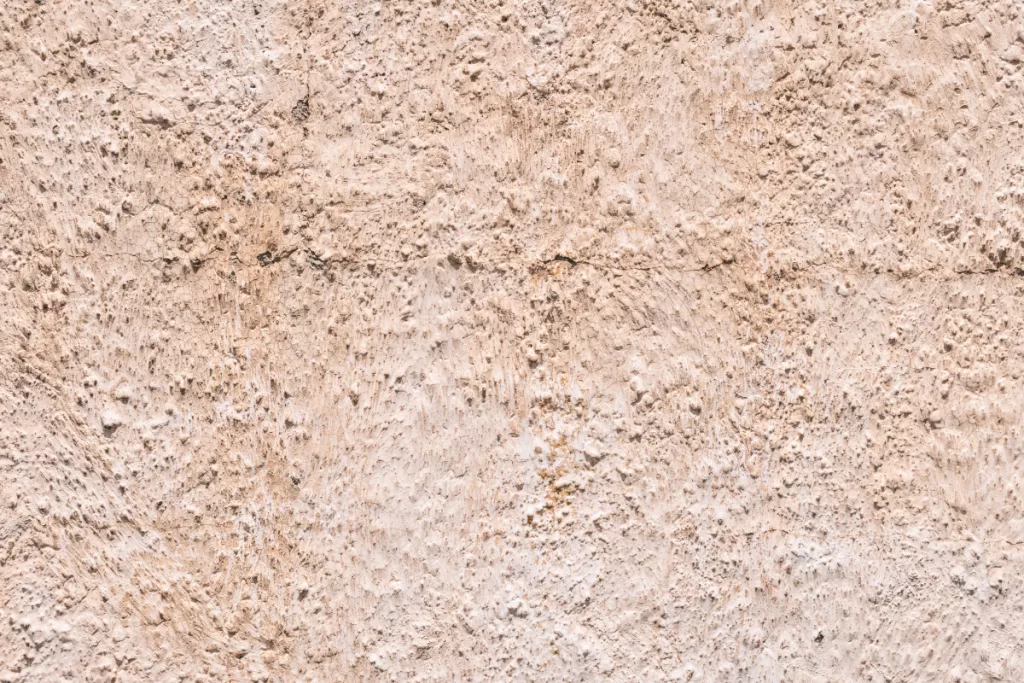
How To Choose The Right Texture Technique For Your Home
Choosing the right wall texture paint technique for your home will elevate your decor and add personality to each room. Here are some tips to help you decide which technique is perfect for you:
- Consider the room’s purpose: High-traffic areas, like hallways and kitchens, benefit from durable texture options like stucco or smooth finishes. Bedrooms and living rooms can handle more delicate textures like skip trowel or orange peel.
- Align with existing décor: You don’t need to overhaul your entire space to incorporate wall texture. Instead, ensure the texture paint technique complements your current design theme.
- Research your options: Browse YouTube tutorial videos showcasing different wall texture techniques. Make notes on which textures you love and could potentially recreate in your home.
- Don’t forget the ceiling: While adding texture to your walls, don’t shy away from experimenting with ceiling textures. For example, the knockdown or popcorn texture provides a classic touch while adding visual depth.
With these tips in mind, you’ll choose the perfect wall texture paint technique for your home and achieve stunning results that effortlessly complement each room’s unique design and purpose.
Every home has personalities and charm that can be enhanced by the right wall texture. These techniques above can help add color, depth, and dimension to your spaces. So, whether you’re revamping a single room or updating the entire house, choose the technique that suits your style and start transforming your walls into art.


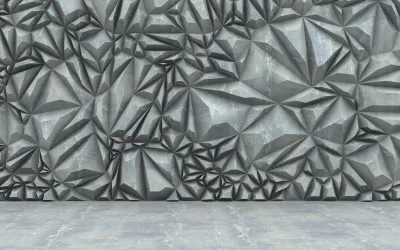
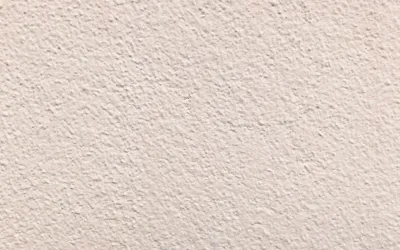
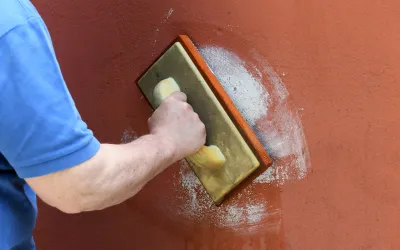
0 Comments